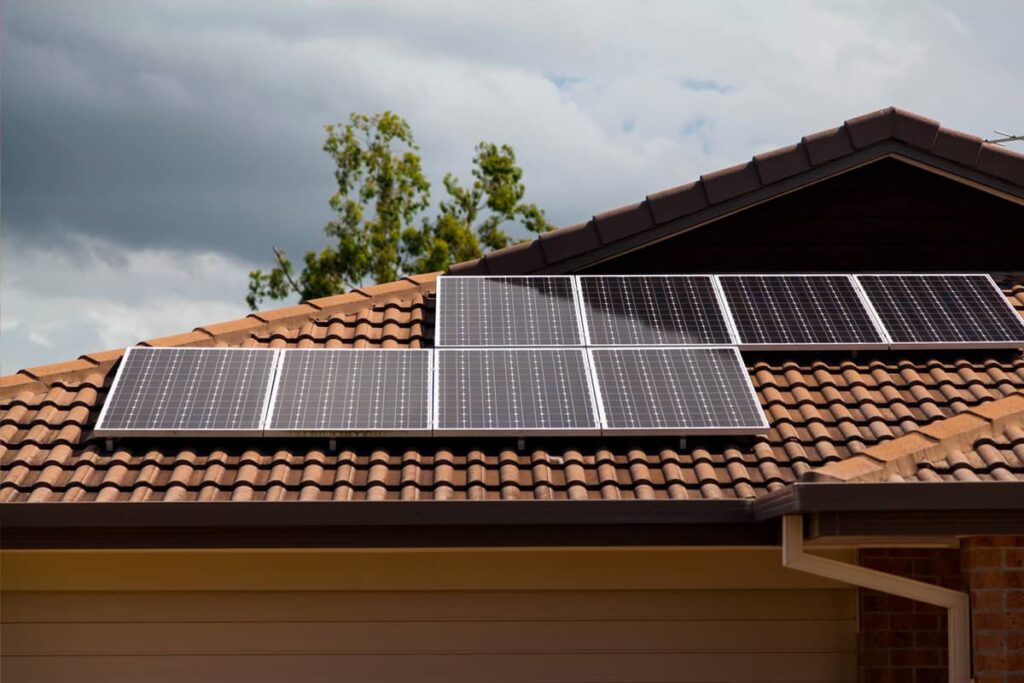In the ever-evolving landscape of electric vehicles (EVs), one innovative approach has been gaining traction: throttling EV charging for demand control. This method, aimed at managing electricity consumption more efficiently, could be a game-changer in how we handle energy demands, particularly during peak hours.
UNDERSTANDING THE CONCEPT
throttling EV charging is essentially about adjusting the charging rate of electric vehicles based on the overall demand for electricity. During times of high demand, the charging rate is reduced, and during off-peak hours, it can be increased. This approach helps in balancing the load on the power grid, preventing overloads and potential blackouts
WHY THROTTLE EV CHARGING?
- Grid Stability: As more EVs hit the roads, the strain on the electrical grid increases. By managing when and how fast EVs charge, we can ensure a more stable and reliable power grid.
- Cost-Effective: Throttling helps in reducing the need for expensive infrastructure upgrades. It’s more costeffective to manage existing resources than to build new power plants or upgrade transmission lines.
- Environmental Benefits: By optimizing the charging times, EVs can be charged when renewable energy sources, like solar and wind, are most productive. This leads to a reduction in reliance on fossil-fuel-based power generation.
- Economic Incentives: Consumers can benefit financially from this system. By opting to charge their EVs during off-peak hours, they can take advantage of lower electricity rates.

HOW IT WORKS
Throttling EV charging requires a smart grid and smart charging infrastructure. These systems use real-time data to monitor electricity demand and then adjust the charging rates of EVs accordingly. This can be done automatically or drivers can choose to participate in demand response programs offered by utility companies.
THE CHALLENGES
While the concept is promising, there are hurdles to overcome:
Infrastructure Development: The widespread adoption of smart grids and charging stations is necessary for this system to work effectively.
- Consumer Acceptance: People may be hesitant to have their charging rates controlled by utility companies.
- Regulatory Frameworks: Clear policies and regulations are needed to ensure fair and efficient implementation.
THE FUTURE OF EV CHARGING
Throttling EV charging for demand control is not just a concept but a necessity in our journey toward sustainable energy use. As we move forward, collaboration between governments, utility companies, and consumers will be key to developing the infrastructure and policies needed to make this a reality.
In conclusion, by embracing smart charging strategies like throttling, we can make EV charging more efficient, cost-effective, and environmentally friendly. The future of EV charging is not just about plugging in; it’s about connecting to a smarter, more sustainable way of living.
JOIN THE MOVEMENT
For more information about Inergy Systems and to embark on an efficient, cost-effective journey, visit Inergy Systems, contact sales@inergysystems.com, or call (480) 500-9406. Embrace the change, be part of the solution, and become Inergy smart.

